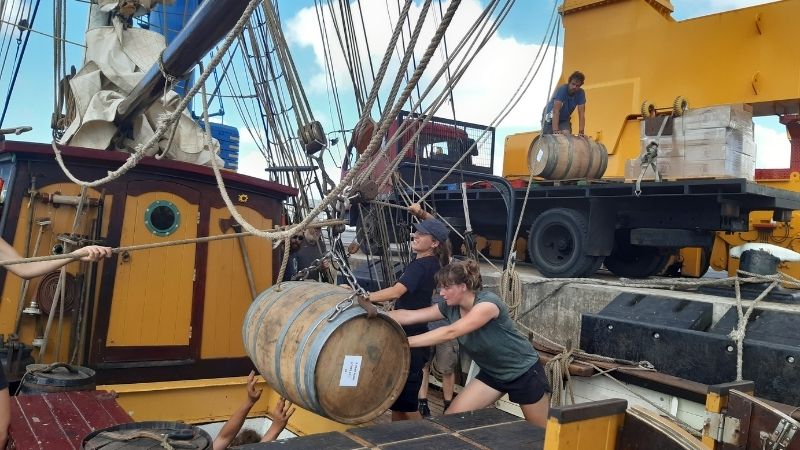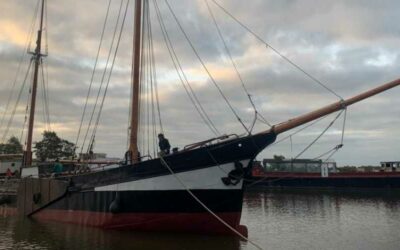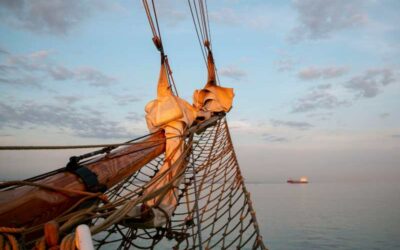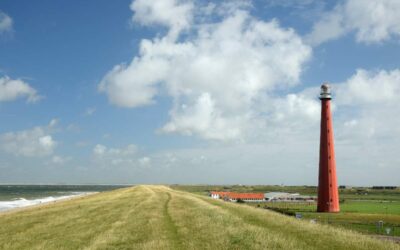By Corinna Goepfert
“As a way of measuring the contribution of the sailing industry to a sustainable future, we analyzed it in relation to the UN Sustainable Development Goals. These 17 goals were set in 2015 by the United Nations General Assembly and are to be achieved by 2030. The Goals are “the blueprint to achieve a better and more sustainable future for all”.
Sail Cargo and Travel Market Overview 2020
This blog is the first in a series which looks at the broad framework of the SDG goals, as set out by the United General Assembly in 2015, and how sailing cargo meets them. The SDGs are an internationally recognised set of goals for a sustainable future and are a useful tool to indicate the level of change that sail cargo can help implement.
This blog looks at Goal 1 and Goal 8 which highlight growth in industry and economy. Look out for further blogs which look into the remaining SDGs!
Goal 1 & Goal 8
No Poverty & Decent work and economic growth
International shipping transports around 90% of world trade and economic growth directly influences the industry. In the current economic scenario, over the next decades, the total freight transport demand per maritime transport is projected to triple between 2015 and 2050. As the conventional shipping industry and connected industries are labour intensive, the job opportunities will also grow. EcoClipper, and indeed the sail cargo industry, supports a different type of growth, focusing on localisation, people and protecting the environment. More work opportunities are especially important for communities without many job offers, especially in countries of the Global South and on the Pacific Island States. More jobs can reduce poverty and lead to economic growth for these communities.
However, driven by globalization more industrial ships are flagged in nations with lower working standards. Labour is also often managed by international management organizations making it more difficult for seafarers and crew on cruise ships to stand up for their human rights, for example by joining a union. The sail industries instead encourage fair practices and working conditions. Sail cargo and travel are inclusive, ethically driven industries. The organizational structure is broad-based rather than pyramidal, typical for industrial shipping. This structure makes it easier to work as a team, supporting, growing with and learn from each other. Sail cargo encourages fair working conditions and high working and safety standards as well as facilities where every crew member can raise concerns to make sailing ships decent work spaces.
Additionally, sail cargo uses local centers of employment, shorter supply chains and products grown and made in one area: encouraging local employment and enhancing local communities. Continuing expansion can be made profitable as future employment provides income. This helps the self-sufficiency of communities and supply chains become more resilient to climate change.
Sign up to the EcoClipper newsletter to receive a copy of the Sail Cargo and Travel Market Overview.




